Because perfect isn’t possible during a pandemic

Life is hard right now in the era of coronavirus. Your waistline continues to grow, you’re rationing your meager toilet paper stash, AND you’ve been forced to add “teacher” to your resume. How’s that homeschooling going for you? No technology challenges, attitudes or confusion whatsoever, right?
Advertisement
Cleveland Clinic is a non-profit academic medical center. Advertising on our site helps support our mission. We do not endorse non-Cleveland Clinic products or services. Policy
Fuhgeddaboudit. If you’re losing your mind and ready to toss that laptop from a second-story window, take a deep breath. Psychologist Susan Albers, PsyD, offers advice on how to stay sane during stay-at-home orders.
A. Having some structure and routine helps kids feel secure and adds consistency. But I recommend parents tie their routine to the order in which things get done — instead of the clock. Set up your day so kids know what happens next (breakfast, homework, free time, chores, etc.) as a way of creating order and consistency.
But flexibility is key. We’re going through a once-in-a-hundred-years pandemic, so we have to lower our expectations and keep them realistic. At the end of the day, all of us are just getting by. Kids can’t absorb a lot of academic info if they aren’t calm and feeling secure. Work on that piece first — for yourself and your kids.
A. I think this is a time to prioritize life lessons over academic lessons, especially for younger children. You can try and weave simple teachings into your everyday activities. Think about incorporating math into cooking, or count slime-making as a science lesson. And remember, while there may be epic failures at first, older kids are learning time management and independent study skills simply by having to manage a workload virtually. Do your best to help your kids complete assignments, but don’t sweat it too much.
Advertisement
A. Everyone is in the same boat and experiencing the same thing. Academic performance has been uniformly impacted, so it’s unlikely your child will be the outlier. When schools resume, teachers will develop lesson plans that take all of this into account.
A. I’m experiencing the same struggles: I spend much of my day fighting to make technology work. I would reach out to your child’s teacher to let them know how it’s going and what you are experiencing. Teachers may not realize how much prompting or assistance kids might need. If you continue to struggle — or your child repeatedly gets distracted by online videos — it’s OK to ask for a paper packet.
A. This is absolutely an area where you can cut yourself some slack and pick your battles. If your child is interested in a topic, then dive into the extra work. If it’s going to cause World War III, then skip it.
Kids have all different levels of needs, so teachers provide these materials for kids who want to do more. You have to do what works for you and your child — it’s not worth getting into a screaming match.
A. How much time you need to spend depends on your child. Some kids are assigned a lot of academic work. Some are not. It also depends on your child’s level of focus and need. Read your child (and yourself) to determine how much time you both can tolerate. Balance time spent on academic lessons with free play and fresh air.
Remember, too, that each day will be different. Take your child’s emotional temperature every morning to find out how they are doing that day. Some days they will be on board and ready to take on homeschooling. Other days…not so much. Go with the flow and reset your expectations. There will be another day when you can catch up, if necessary.
A. Accept that kids are spending more time on screens right now — it’s reality. It can also be helpful to have screen-free zones. For example, keep screens out of the bedroom at night or away from the dinner table.
I also recommend you change the conversation you have with yourself about screens. Instead of worrying, be thankful we have the technology right now. Remind yourself of the benefits: They help keep us working, learning, playing and connecting.
A. Just as this isn’t easy for you, it may not be easy for your child. Be kind and compassionate. Help your kids find silver linings — it will help them during the pandemic and in life.
These are signs your child may be struggling and steps you can take:
Advertisement
If you remain concerned, reach out to your child’s physician or therapist. Virtual visits make it easy to connect with a provider.
Advertisement
Learn more about our editorial process.
Advertisement
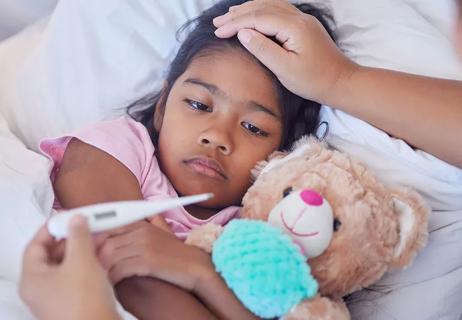
Vomiting and fevers are a hard no — other symptoms are a judgment call
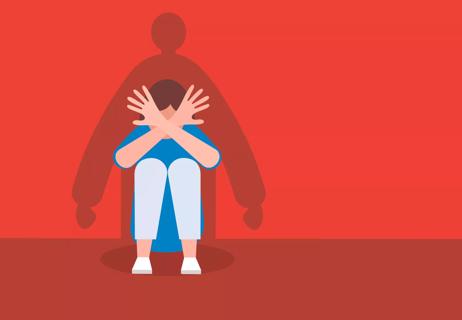
Requesting information about your school’s safety plan is so important
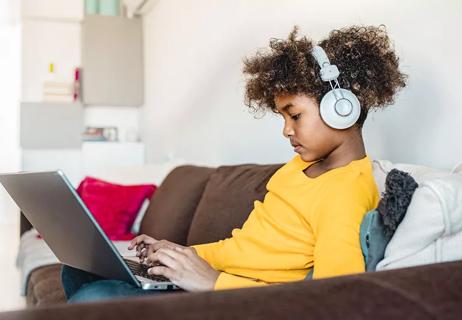
Ideas for keeping children engaged when school is happening at home

Movement is also an important part of their school day
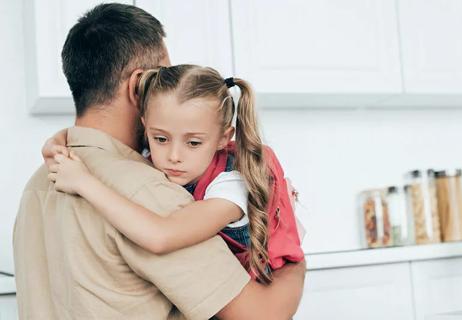
How to best handle classroom conflict
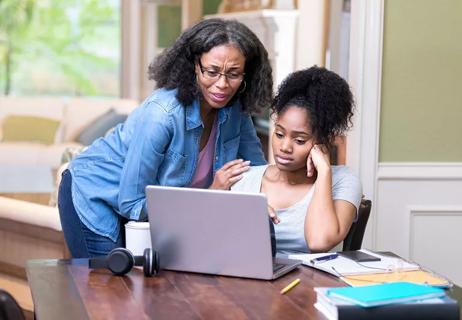
Handling the talk without deflating self-esteem

Finding a balance between work + play

Type 2 diabetes isn’t inevitable with these dietary changes

Applying a hot or cold compress can help with pain